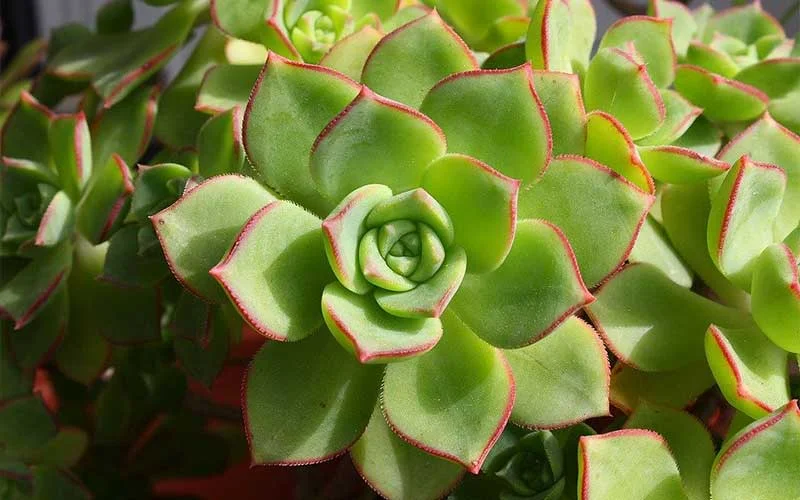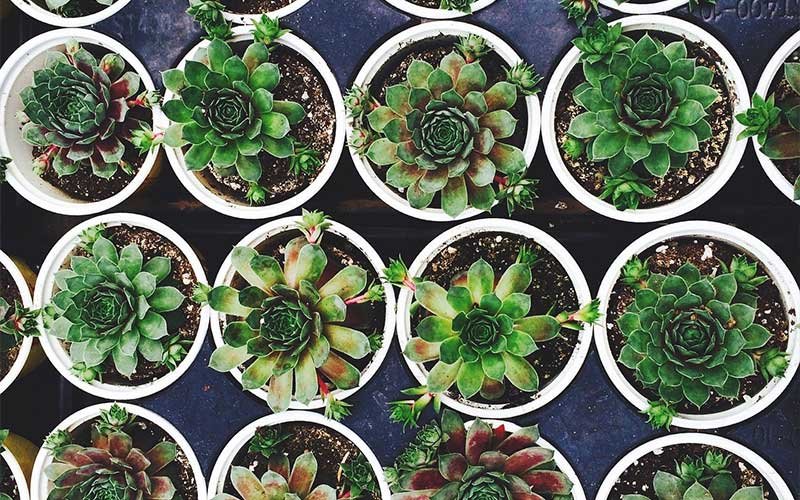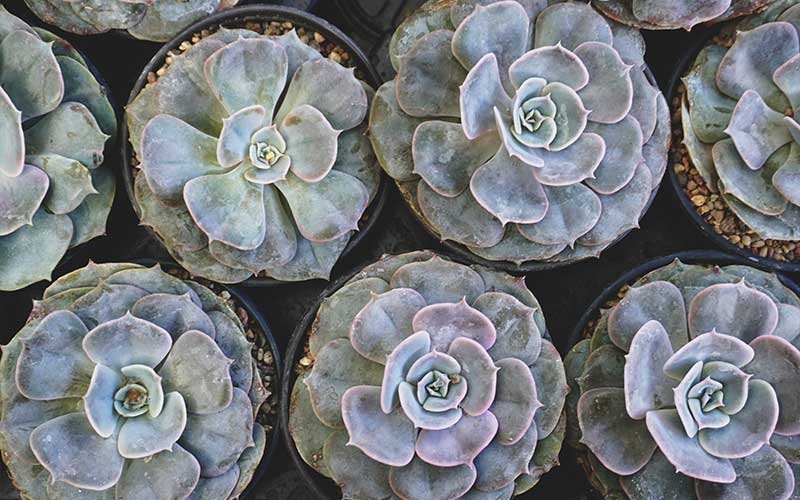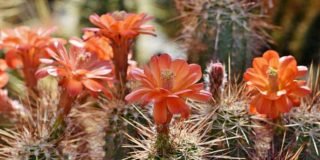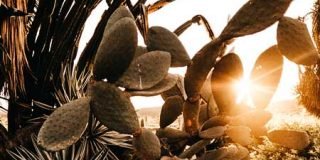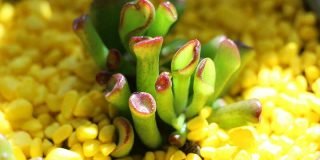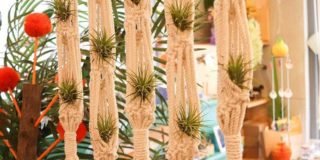
Do Succulents Have Flowers?
If you want your succulents to bloom, you are reading the perfect article. You will find here everything that you need to know how to grow flowers out of you succulents, the best time for them to bloom, and more.
Do Succulents Die After They Flower?
Why Do Succulents Have Flowers?
How To Get Succulents To Bloom
Temperature
During the summer, many of the succulents need higher temperatures to set their blooming chemistry. It is best to keep your succulents outdoors during the summer because keeping them in climate-controlled homes will not help them reach their potential to bloom flowers.
However, you can’t move them suddenly from inside your home to the outdoors. The move should be gradual. Gradually move them to locations in your house that will expose them to more heat and sunlight. This happens in a span of a couple of weeks until they are already in partial sun and warm temperatures.
For succulents that come from cold-winter deserts like the high-altitude South American deserts, they need winter dormancy and cold temperatures to help them bloom flowers. Therefore, during the winter months, make sure to put your succulents in cool areas as well.
Fertilizer

Blooming flowers is one of the essences of a plant because we all know that seeds are needed to perpetuate the species. However, we need to keep in mind that in order for the plant to bloom they need the food to power up the blocks for flower formation.
Since we cultivate these succulents in our homes, they need the extra food to bloom unlike in the desert where nutrients are kept intact in the soil because there is not a lot of rain to leach the nutrients from the soil.
For our case (us gardeners), we should begin to fertilize the succulents in spring. This liquid fertilizer is one of the best we can recommend that you use. Click this link to check out the price and whether it ships to your city. We hope it does because it has raw nutrients and it is long lasting.

Succulent Fertilizer
Water
Water is essential in the formation of your succulent’s flowers. If your succulents are unable to receive water, your succulents may still live but they will definitely thrive.
During the growth periods of your succulents, you must water your succulents thoroughly until the water is already coming out of your pot’s holes. However, you must remember not to water them again until the top inch of your succulent’s soil is dry. Feel the soil first before thinking of water your succulents!
During dormancy (which is during a whole lot of the year), you need to keep your succulents drier. To keep your succulents, dry, you will be needing a very good and well-draining potting mix.
Check out the Superfly Bonsai Succulent and Cactus Soil Mix.
The Superfly Bonsai mixes different components from the best places. This potting mix contains ¼ hard Japanese Akadama, ¼ USA Pumice, ¼ New Zealand Pine Bark, and ¼ Haydite. With all these non-organic ingredients combined (no dirt!), your succulents are provided with optimal drainage, water retention, nutrient uptake, and air to the roots (which succulents super love).
What Is the Proper Soil Type for Succulents?

Only very few succulents can bloom when kept in full shade like the gasterias, haworthias, and some aloes. Otherwise, they need sunlight to grow and have a full bloom.
What To Do With Flowering Succulents

Make sure to keep an eye out for aphids buzzing around your succulents because they usually are attracted to flowers that are only beginning to develop. While these aphids are not harmful to plants, heavy infestations will cause the leaves to curl, wilt, or stunt your plant’s growth. If you see them buzzing around, spray them with 50% or even 70% of an alcohol product. You may also use a horticulture soap. Those will definitely keep the aphids away from your blooming succulents.
You also have to be cautious of the temperature. We kept them under the sun to bloom; however, if the temperature reaches 80 and above, you will have to lessen them to their sun exposure. Remember that some succulents can’t take extreme heat. It really depends on the succulent that you are taking care of so you really need to do some extra research on your particular succulent. We got you covered! Everything you need to know can be found here at Eden Succulents.
We can’t wait to see your flowers bloom! Do you have questions on panda plants or aloe vera plants? We got them here to. Just type in our search bar!
Succulent Fertilizer
- FEED YOUR SUCCULENTS: Succulent planters need nutrients, in addition to light and water to promote healthy growth. Our fertilizer will also encourage your plant to bloom or flower!
- LONG-LASTING: Dilute one teaspoon of our liquid fertilizer with 2 cups of water. An 8 oz bottle should last 6 months – 1 year.
Succulent & Cactus Soil Mix
- PRE-MIXED & READY TO USE – Sifted Prior To Bagging – 1/4 Hard Japanese Akadama – 1/4 USA Pumice – 1/4 New Zealand Pine Bark and 1/4 Haydite
- PROMOTES EXCELLENT WATER RETENTION & DRAINAGE – Specifically formulated for Succulent & Cactus


